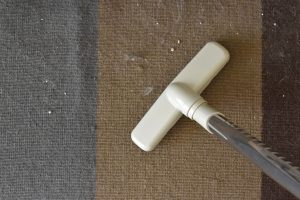Every cat owner knows that keeping tabs on their pet's health is a top priority. Among the many ways to monitor a cat's health is by analyzing its stool samples. But when collecting these samples, a question often arises - can a cat stool sample have litter on it?
Diving into the not-so-glamorous but crucial task of fecal examination, we understand its relevance. It's like a treasure trove that reveals hidden insights about your kitty's well-being. It's not just about digestion, oh no!
These unassuming samples can shout out loud about your cat's diet quality, sneaky parasites hitching a ride, and even lurking health threats you wouldn't suspect. But what happens when there's litter in the mix? Let's get down to the nitty-gritty.
How To Collect A Cat Stool Sample Safely and Effectively
Before we address the main question, let’s first talk about how to safely and effectively obtain a cat stool sample.
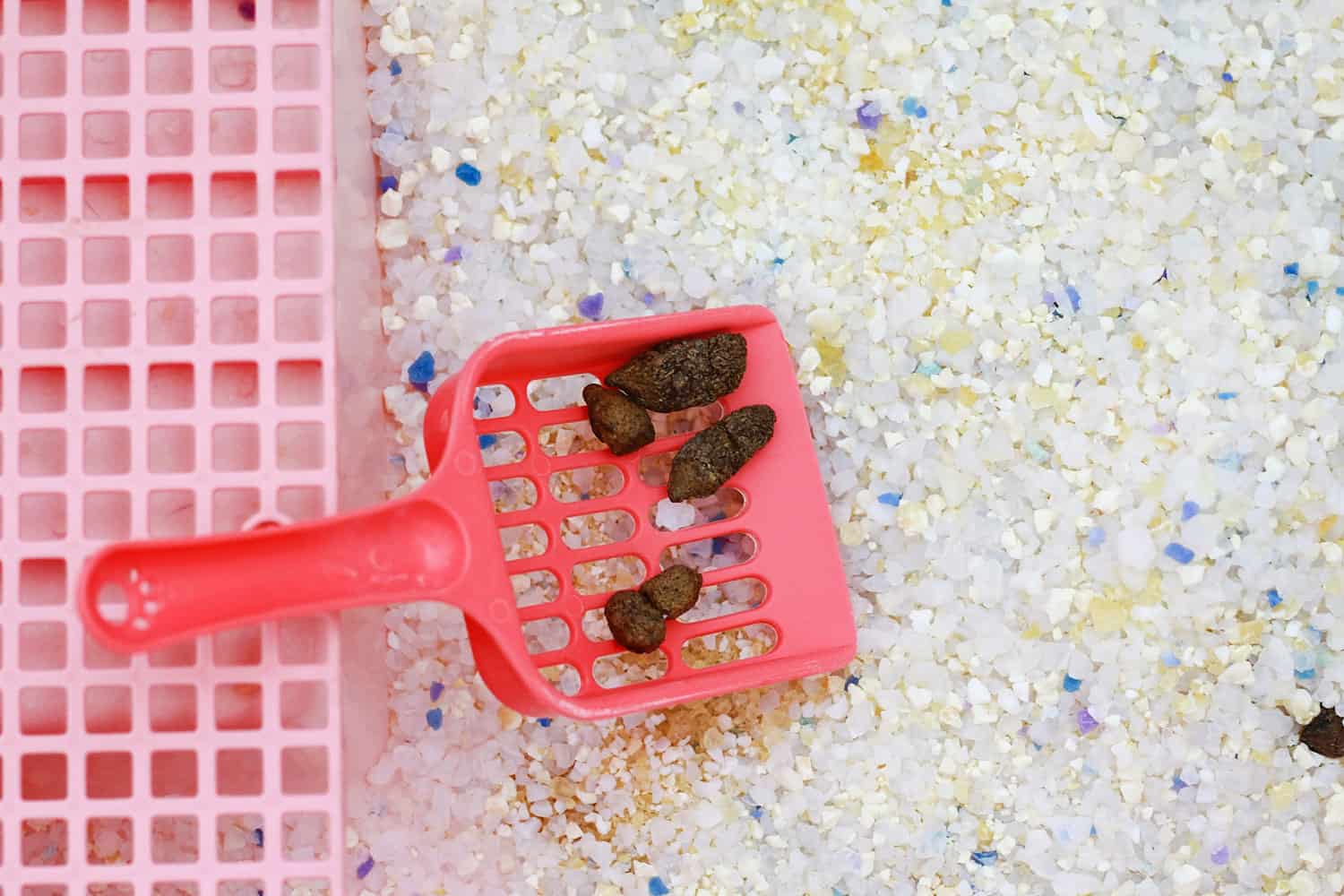
Collecting a cat stool sample is an important task that should be carried out with care to ensure accuracy and prevent contamination.
Here is a detailed, step-by-step process to collect a cat stool sample:
1. Gather Materials
Before you start, gather all the necessary materials.
This includes gloves, a clean scooper or spoon, a sealable plastic bag or container, and a pen and paper for labeling.
Click here to see this scooper on Amazon.
2. Prepare The Litter Box
Make sure the litter box is clean before your cat uses it. This helps in preventing the contamination of the sample with old feces or urine.
Click here to see this litter box on Amazon.
If possible, use a new batch of litter.
3. Wait For A Fresh Sample
It's important to collect a fresh sample, ideally one that is no more than 24 hours old. Keep an eye on your cat and wait for it to defecate in the litter box.
4. Put On Gloves
Before handling the stool sample, put on a pair of disposable gloves. This is crucial for hygiene purposes and to avoid contaminating the sample.
Click here to see this box of gloves on Amazon.
5. Collect The Sample
Using a clean scooper or spoon, carefully collect a small amount of the stool.
If the cat has covered the stool with litter, try to remove as much litter as possible without touching the stool with your hands.
6. Place The Sample In A Container
Transfer the stool sample to a sealable plastic bag or container.
Click here to see this set of sealable plastic bags on Amazon.
Make sure not to overfill it – a small amount is sufficient for testing purposes (around 1 to 2 teaspoons).
7. Label The Container
Using a pen and paper, write down the date and time of collection. Attach this label to the container. This is important information for the veterinarian.
Click here to see these assorted markers on Amazon.
8. Store The Sample Properly
If you can't deliver the sample to the vet immediately, it's important to store it properly to preserve its integrity.
Place the container in a fridge (not a freezer) if it's going to be more than a few hours before you can get it to the vet.
9. Wash Your Hands
After you’ve collected the sample and stored it appropriately, remove your gloves and wash your hands thoroughly with soap and water.
Click here to see this hand soap on Amazon.
10. Deliver The Sample To The Vet
Take the sample to your veterinarian as soon as possible. Make sure to inform them of any specific symptoms or issues your cat has been experiencing.
Remember, maintaining hygiene during this process is crucial, both to ensure the sample's accuracy and to prevent any potential spread of disease.
Can A Cat Stool Sample Have Litter On It?
It is not uncommon for a cat stool sample to have litter on it.
In fact, some veterinarians consider this to be acceptable, as it can be challenging to obtain a sample that is completely free of litter.
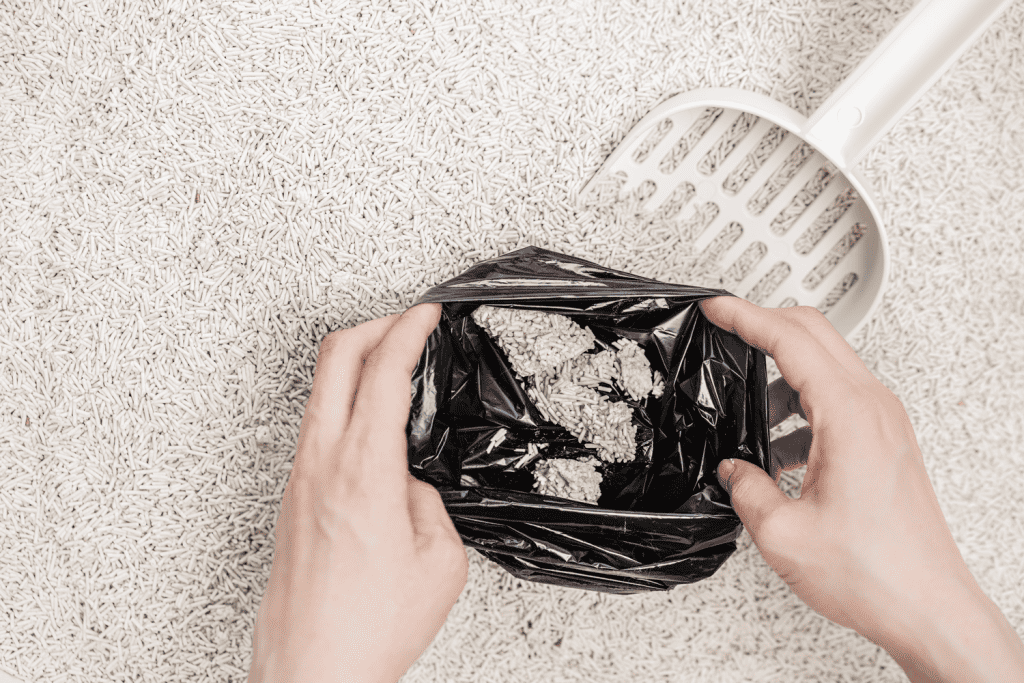
However, it is essential to ensure that the sample does indeed contain feces.
This is because urine saturated in clumping litter can create solid "logs" that resemble stool, but are actually just wet litter.
Therefore, when collecting a cat stool sample, one must be diligent in verifying the presence of actual feces in the sample.
Risks Of Litter Contamination In Stool Samples
While a small amount of litter on a stool sample may be acceptable, there are potential risks associated with litter contamination and these are:
1. Interference With Laboratory Analysis
The primary risk of litter contamination is that it can interfere with laboratory analysis.
Certain types of litter may contain substances or chemicals that, when mixed with the stool sample, can impact the results of the test.
This is especially true for tests looking for specific parasites or pathogens.
The external substances from the litter can potentially lead to false positives or false negatives, which could hinder accurate diagnosis.
2. Misrepresentation Of Sample Content
Litter, especially clumping litter, can sometimes create "logs" that resemble stool when saturated with urine.
If these are mistakenly included in the stool sample, it could lead to confusion and inaccurate results, as the laboratory would be analyzing a substance that is not actual feces.
3. Reduction In Sample Quality
The presence of litter in the stool sample can reduce the overall quality of the sample.
This is because litter can mask or dilute the presence of important elements in the stool that need to be analyzed.
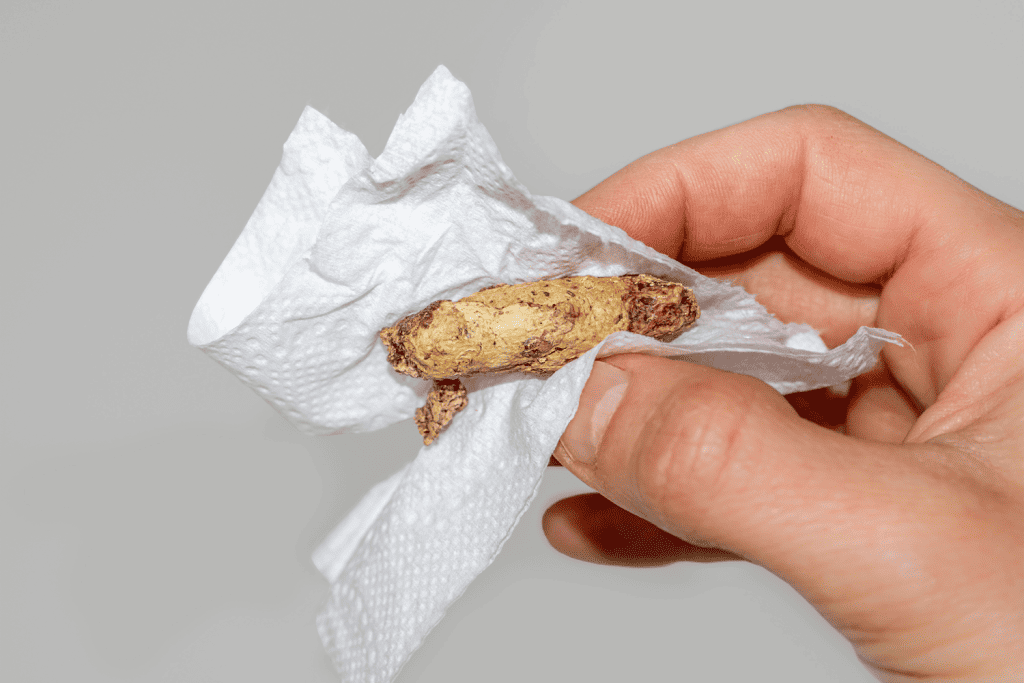
The fresher and cleaner the sample, the more accurate the test results will be.
Therefore, a sample contaminated with litter may not provide a full or accurate picture of the cat's health.
4. Potential Chemical Contamination
Some types of cat litter contain chemicals or additives that can contaminate the stool sample.
This is particularly true for scented litters or those containing deodorizing agents.
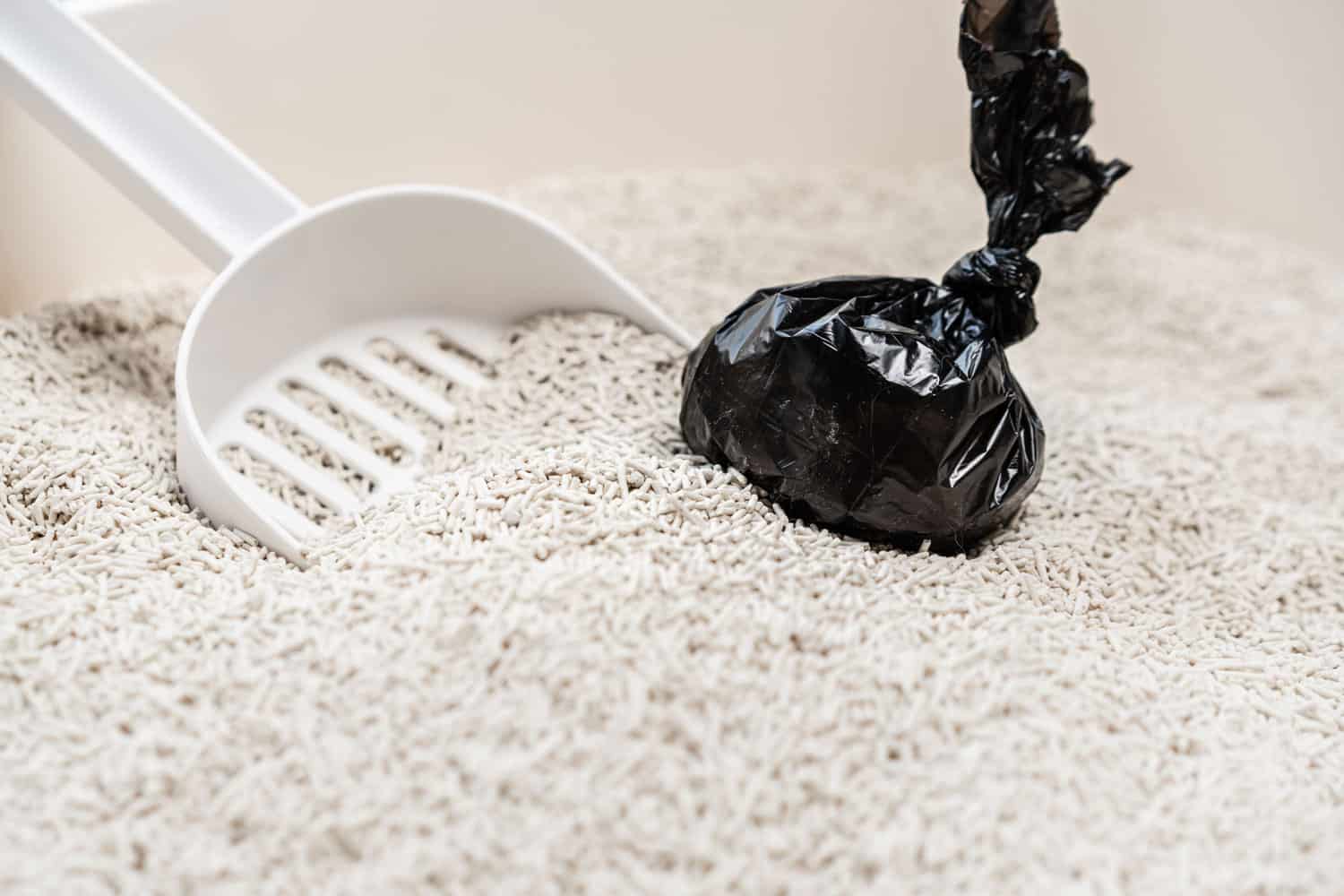
These chemicals, when mixed with the stool sample, can potentially interfere with laboratory tests and lead to inaccurate results.
Using more natural litter, like those made from recycled newspapers, can help mitigate this risk.
How To Avoid Litter Contamination
To minimize the risk of litter contamination, there are a few best practices to follow.
1. Timely Collection
Collect the stool sample as soon as possible after your cat has defecated.
This minimizes the time the stool spends in contact with the litter, reducing the chances of contamination.
2. Careful Sample Collection
When collecting the sample, try to remove as much litter as possible. This can be done by carefully picking off any visible pieces of litter from the stool.
3. Non-Clumping, Non-Absorbent Litter
Consider using a non-clumping or non-absorbent litter when you know you need to collect a stool sample.
Click here to see this non-clumping litter on Amazon.
These types of litter won't stick to the feces as much as traditional clumping litters, making it easier to collect a clean sample.
4. Special Collection Litter
There are special types of litter available that are designed to not interfere with stool samples.
These litters, such as those made from recycled newspapers, do not contain any added chemicals or substances that could contaminate the sample.
Click here to see this recycled newspaper litter on Amazon.
5. Direct Collection
If you are able to catch your cat in the act of defecating, you can collect the sample directly, avoiding contact with the litter entirely.
This can be done using a clean scoop or a gloved hand.
6. Consult Your Vet
Always consult your vet for their specific recommendations on collecting a stool sample.
They may have additional advice or instructions based on the specific test being done and the health of your cat
Importance Of A Clean Stool Sample
Securing a clean, uncontaminated cat stool sample is vital for precise diagnostic testing.
Such tests are essential tools for veterinarians to identify and treat a range of conditions, including digestive issues and parasitic infections.
Although it's possible for a cat stool sample to have litter on it, efforts should be made to minimize this.
Adhering to proper collection practices and using alternatives to conventional litter when needed can enhance the accuracy of test results.
The health and well-being of our cats often hinge on these minor yet critical factors.
Therefore, it's of utmost importance to get these details right, enabling more accurate diagnoses and effective treatment plans for our feline friends.
For more related topics, check out below.









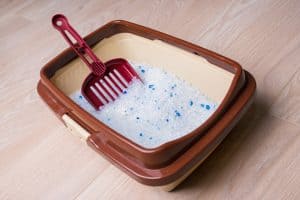
![cat examines kitty litter box with eco-friendly silicate litter - Can You Wash and Reuse Crystal Cat Litter? [Answered]](https://litter-boxes.com/wp-content/uploads/2023/08/cat-examines-kitty-litter-box-with-eco-friendly-silicate-litter-300x200.jpg)
